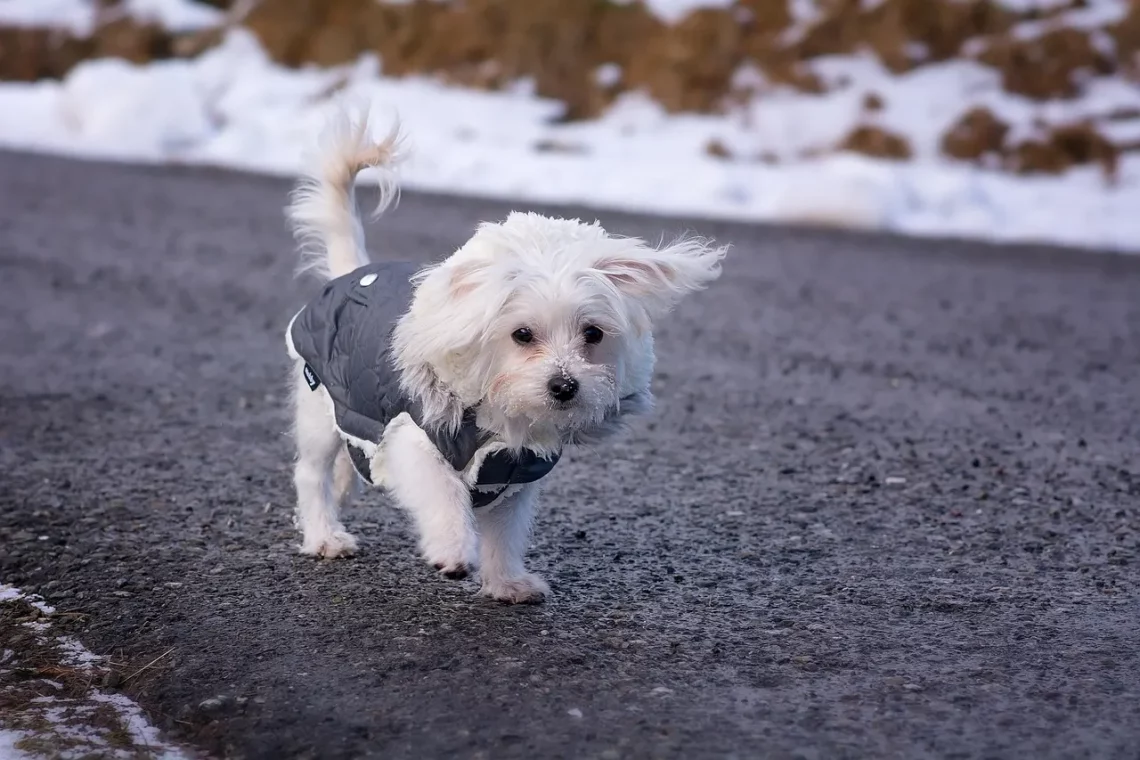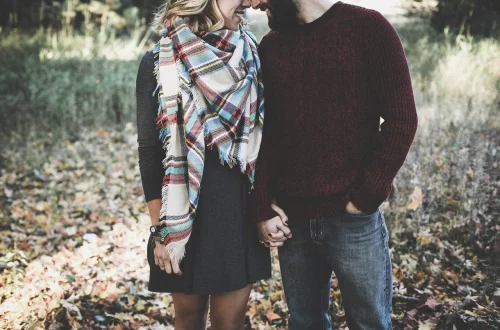
The Luxurious Chinchilla Coat: A Guide to Style and Care
The chinchilla coat is synonymous with luxury and sophistication. Its exquisite softness, rich texture, and unique aesthetic make it a highly sought-after fashion statement. Originating from the chinchilla, a small rodent native to the Andes Mountains in South America, the fur is not only a symbol of opulence but also a testament to the art of fine craftsmanship in the fashion industry.
Chinchilla fur is renowned for its remarkable qualities. The fur’s density and fine fibers contribute to its softness and warmth, providing an unparalleled wearing experience. Historically, chinchilla coats have been favored by celebrities and fashion icons, making them a timeless addition to any wardrobe. However, owning such a luxurious item comes with responsibilities, particularly in terms of care and maintenance.
As fashion trends evolve, the chinchilla coat remains a classic choice for those who appreciate enduring style. Understanding how to wear and care for this luxurious garment can enhance its longevity and keep it looking pristine. Whether you’re considering investing in one or already own a chinchilla coat, this guide will provide valuable insight into its style, care, and significance.
Understanding the Allure of Chinchilla Fur
Chinchilla fur is celebrated for its unique properties that set it apart from other types of fur. The fur consists of an incredibly fine and soft texture, which is a result of the animal’s adaptation to its cold Andean environment. Each chinchilla has an average of 20,000 hair follicles per square centimeter, making its coat one of the densest and softest in the world. This exquisite quality not only provides warmth but also creates a luxurious feel when worn.
The natural color variations in chinchilla fur—ranging from slate gray to white, and even darker hues—add to its aesthetic appeal. This versatility allows for a range of designs, from classic to contemporary styles. Designers often choose chinchilla fur for high-end collections, showcasing its elegance and ability to elevate any outfit.
Moreover, chinchilla coats have often been associated with status and wealth. Wearing such a luxurious piece implies a sense of sophistication and refinement. This historical significance makes the chinchilla coat a coveted item in the realms of fashion and luxury goods.
However, one must also consider ethical practices surrounding the sourcing of chinchilla fur. As awareness of animal welfare increases, many consumers seek fur from sustainable and ethical sources. This shift in consumer behavior has led to the rise of faux fur alternatives, which mimic the look and feel of chinchilla without the ethical concerns.
Regardless of one’s stance on fur, there’s no denying that chinchilla coats continue to hold a special place in the fashion world. Their timeless appeal and luxurious nature ensure that they remain a worthy investment for those who appreciate fine clothing.
The Art of Styling a Chinchilla Coat
Styling a chinchilla coat requires a keen eye for fashion and an understanding of how to pair this luxurious piece with various outfits. The key to successful styling lies in balancing the coat’s opulence with the rest of your attire, ensuring that the overall look is cohesive and sophisticated.
One popular way to wear a chinchilla coat is to achieve an elegant evening look. Pairing the coat with a sleek, tailored dress can create a stunning ensemble for a formal event. Opt for classic colors like black or navy to maintain a timeless appeal. Accessories should be kept minimal to avoid competing with the coat’s statement. A pair of elegant heels and a simple clutch can complete the look beautifully.
For a more casual, yet chic outfit, consider wearing the chinchilla coat over a fitted turtleneck and high-waisted jeans. This juxtaposition of luxurious fur with everyday clothing creates an effortlessly stylish appearance. Adding ankle boots or stylish flats can further enhance the casual vibe, making it suitable for a day out in the city.
Layering is another effective technique when styling a chinchilla coat. During colder months, you can wear the coat over a long-sleeve blouse and a tailored blazer. This not only adds warmth but also brings an element of sophistication to your outfit. Accessories, such as a scarf or a stylish hat, can enhance the layered look while keeping it fashion-forward.
Color coordination plays a crucial role in styling a chinchilla coat. Neutral tones often work best, allowing the luxurious fur to stand out without overwhelming the overall look. However, don’t shy away from bold colors; a vibrant dress under a chinchilla coat can create a striking contrast that brings a fresh perspective to the classic piece.
Ultimately, the key to styling a chinchilla coat lies in confidence. Wear it with poise, and it will undoubtedly elevate your look, making a statement wherever you go.
Care Tips for Your Chinchilla Coat
Caring for a chinchilla coat is essential to maintaining its luxurious appearance and prolonging its lifespan. Given its delicate nature, proper care is crucial to prevent damage and ensure that the coat remains in pristine condition.
First and foremost, always store your chinchilla coat properly. It’s best to hang the coat on a padded hanger to preserve its shape. Avoid using wire hangers, as they can create unsightly creases. When storing the coat for extended periods, consider placing it in a breathable garment bag to protect it from dust and environmental factors.
Cleaning a chinchilla coat requires special attention. It’s advisable to consult a professional fur cleaner who understands the delicate nature of fur. Regular brushing with a soft-bristle brush can help remove dirt and dust. This should be done gently to avoid damaging the fur.
In case of spills or stains, act quickly. Blot the area with a clean, dry cloth to absorb any liquid, but avoid rubbing, as this can damage the fur. If the stain persists, seek professional help rather than attempting to clean it yourself.
Humidity and extreme temperatures can adversely affect chinchilla fur. It’s best to keep the coat in a cool, dry place. Avoid exposing it to direct sunlight for prolonged periods, as this can cause the fur to fade.
Another essential aspect of care is to avoid wearing the coat in inclement weather. Rain and snow can cause the fur to mat, ruining its softness. If you must wear the coat in wet conditions, ensure it is thoroughly dried before storing it again.
Lastly, remember to wear the coat regularly. While it’s a luxurious item, it’s meant to be enjoyed. Regular wear helps maintain its shape and prevents the fibers from becoming stiff.
By following these care tips, you can ensure that your chinchilla coat remains a cherished piece in your wardrobe for years to come.
The Ethical Considerations of Luxury Fashion
As the fashion industry evolves, ethical considerations surrounding luxury items, particularly those made from animal fur, have come to the forefront. The chinchilla coat, while a symbol of opulence, raises important questions about sustainability and animal welfare.
Consumers today are more informed than ever, often seeking transparency about where and how their clothing is produced. Many are opting for brands that prioritize ethical sourcing and sustainable practices. This shift is particularly relevant in the fur industry, where animal rights discussions have led to increased scrutiny of traditional fur production methods.
Several organizations advocate for animal welfare and encourage consumers to consider the impact of their purchases. As a result, many designers and brands are exploring alternative materials that mimic the look and feel of fur without the ethical concerns. Faux fur has gained popularity in recent years, offering a cruelty-free option for those who still wish to enjoy the aesthetics of a chinchilla coat.
For those who choose to invest in real fur, it’s crucial to research the sourcing practices of the brand. Ethical fur farms prioritize the humane treatment of animals and often adhere to stricter regulations. Certifications from animal welfare organizations can guide consumers in making informed choices.
Moreover, the conversation around sustainability extends beyond animal welfare. The fashion industry is also grappling with its environmental impact, prompting many luxury brands to adopt eco-friendly practices. This includes using sustainable materials, reducing waste, and implementing responsible production methods.
As consumers, we have the power to influence the industry by supporting brands that align with our values. By making conscious choices, we can enjoy the beauty of luxury fashion while advocating for ethical practices.
In conclusion, while the chinchilla coat embodies luxury and style, it also invites reflection on the broader implications of our fashion choices. As we embrace opulence, let us also consider the ethics behind it, ensuring that our love for fashion harmonizes with the well-being of the planet and its inhabitants.




